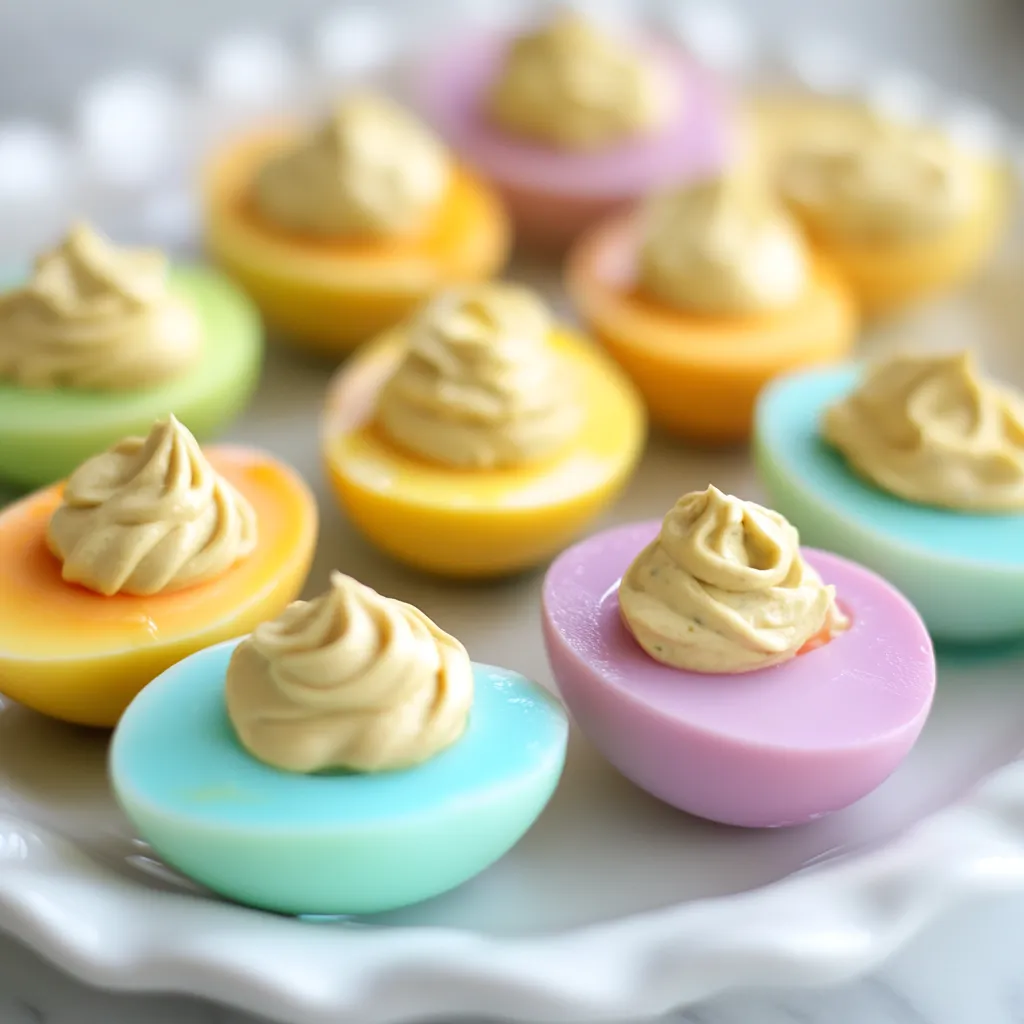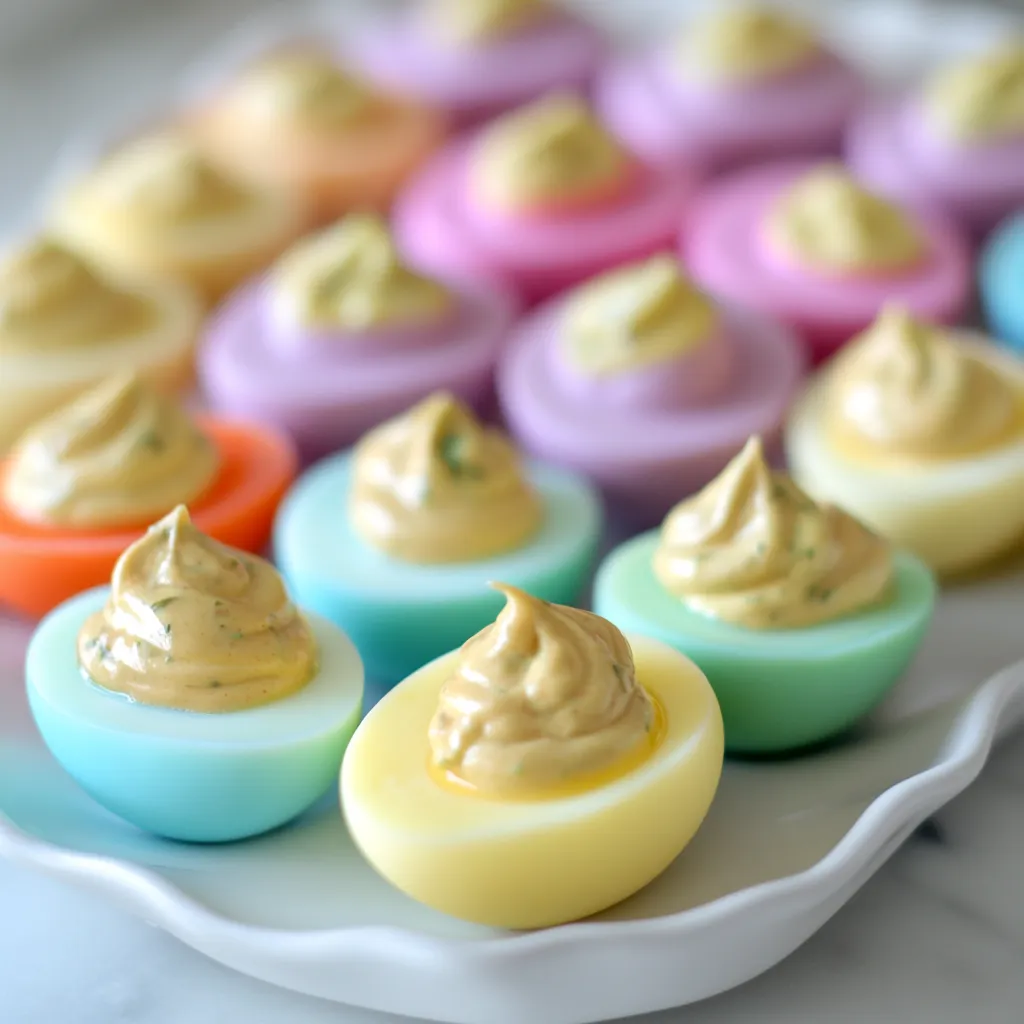 Pin it
Pin it
These delectable Portuguese custard cupcakes feature a velvety interior surrounded by delicately caramelized edges for an irresistible textural contrast. The subtle infusion of fresh lemon zest brightens the rich custard filling while vanilla adds depth and warmth. Queijadas embody generations of Portuguese baking tradition, bringing the authentic flavors of seaside pastelerias to your home kitchen. Their rustic appearance belies their sophisticated flavor profile, making them perfect for everything from casual coffee gatherings to elegant dessert presentations.
I discovered queijadas during a summer vacation in Portugal, where I became obsessed with trying them from different bakeries each morning. Back home, I spent months perfecting this recipe to recreate that special combination of textures and flavors. When my Portuguese friend's grandmother tried these, she nodded approvingly and said they reminded her of the ones she made in her village outside Lisbon.
Essential Ingredients Guide
- Whole milk (500ml): Creates the foundation for the custard filling, ensuring rich texture.
- Granulated sugar (250g): Dissolves into the batter and caramelizes around the edges.
- Unsalted butter (50g): Adds richness and contributes to the smooth texture of the custard.
- All-purpose flour (50g): Slightly thickens the batter, helping to achieve the signature texture.
- Large eggs (4): Provide structure and binding, creating the distinctive pudding-like consistency.
- Fresh lemon zest (1 lemon): Provides a bright note that balances the sweetness.
- Vanilla extract (1 tsp): Enhances the overall depth of flavor.
- Ground cinnamon (optional, 1/2 tsp): Adds a warm spice note for additional depth.
Creating Perfect Queijadas
- Preparing Your Workspace:
- Preheat oven to 350°F and position the rack in the middle. Grease muffin tins thoroughly, ensuring all corners are well-coated.
- Creating the Liquid Base:
- Melt butter in a saucepan, then add milk and warm gently without simmering. Allow to cool slightly.
- Developing the Custard Mixture:
- Beat eggs until slightly frothy, gradually adding sugar until the mixture thickens. Add vanilla extract and lemon zest.
- Combining and Baking:
- Temper eggs by adding warm milk in small portions while stirring. Pour batter into muffin tins and bake for 35-38 minutes until golden brown on the edges with slightly jiggly centers.
 Pin it
Pin it
My grandmother always emphasized patience when making custard desserts. The first time I rushed these, I removed them from the oven too soon, resulting in runny centers. Allowing them to bake until golden transformed the texture into the perfect contrast between caramelized exterior and creamy center.
Elegant Serving Ideas
Serve warm with a scoop of vanilla ice cream and a dusting of cinnamon. Arrange on a tiered stand with fresh berries and mint for a visually appealing afternoon gathering. For brunch, set up a DIY station with whipped cream, lemon curd, and fruit compote.
Regional Adaptations
Madeira-style queijadas incorporate honey and cinnamon. Azorean versions often include anise or fennel seed for a subtle licorice note. Brazilian adaptations may use coconut milk or tropical fruits like passion fruit or guava paste.
Freshness Preservation
For same-day consumption, store loosely covered at room temperature. Refrigerate leftovers in an airtight container for up to two days, allowing them to reach room temperature before serving. Freeze for up to two months, reheating in a 300°F oven for seven minutes.
 Pin it
Pin it
Recreating these custard cups transported me back to sunny plazas and coastal cafés in Portugal. Food has the power to preserve memories and experiences, making these queijadas more than just a dessert—they are a cherished connection to tradition and travel.
Frequently Asked Questions
- → Can I make these Easter Deviled Eggs ahead of time?
- Yes, you can prepare the eggs up to 24 hours in advance. Store the dyed egg whites and filling separately in the refrigerator, then fill just before serving for the freshest presentation.
- → Will the food coloring affect the taste of the eggs?
- No, the small amount of food coloring and vinegar used won't affect the taste. The vinegar helps the color adhere to the egg whites, but once dried, there's no vinegar flavor.
- → How long does it take for the eggs to absorb the color?
- It takes about 10-15 minutes for vibrant colors. For pastel shades, 5 minutes is sufficient. The longer they soak, the deeper the color will be.
- → Can I use natural food dyes instead of artificial coloring?
- Yes, you can use natural dyes like beet juice (pink/red), turmeric (yellow), blueberry juice (blue), or spinach juice (green). Soak times may need to be longer with natural dyes.
- → What can I substitute for pickle juice and pickles in the filling?
- You can substitute with relish, capers, or a splash of white vinegar for tanginess. For a different flavor profile, try using olive juice or a dash of hot sauce instead.
